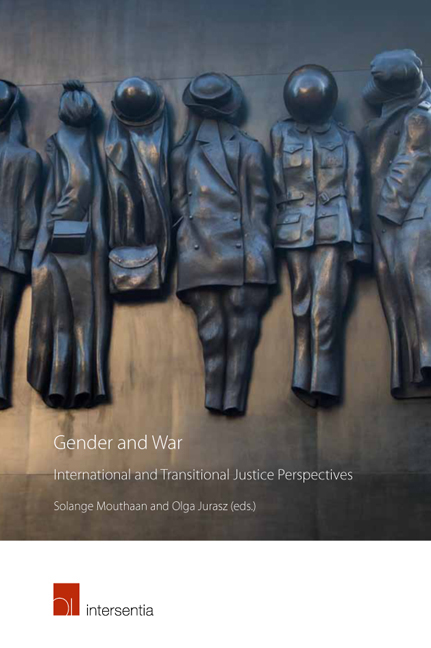Book contents
- Frontmatter
- Contents
- List of Cases
- List of Abbreviations
- List of Contributors
- Introduction
- PART I WOMEN'S INVOLVEMENT IN ARMED CONFLICT
- How and Why Women Participate in Armed Conflict: A Population-Level Quantitative Model
- Female Perpetrators in the Former Yugoslav Republic and Rwanda: Disrupting Common Understandings
- Female War Crime Perpetrators in Bosnia and Herzegovina
- PART II MEN AND CHILDREN'S EXPERIENCES OF ARMED CONFLICT
- PART III GENDERED EXPERIENCES OF INTERNATIONAL CRIMINAL JUSTICE
- PART IV GENDERED EXPERIENCES OF TRANSITIONAL JUSTICE
- PART V CONCLUSIONS
- About the Editors
How and Why Women Participate in Armed Conflict: A Population-Level Quantitative Model
from PART I - WOMEN'S INVOLVEMENT IN ARMED CONFLICT
Published online by Cambridge University Press: 30 March 2019
- Frontmatter
- Contents
- List of Cases
- List of Abbreviations
- List of Contributors
- Introduction
- PART I WOMEN'S INVOLVEMENT IN ARMED CONFLICT
- How and Why Women Participate in Armed Conflict: A Population-Level Quantitative Model
- Female Perpetrators in the Former Yugoslav Republic and Rwanda: Disrupting Common Understandings
- Female War Crime Perpetrators in Bosnia and Herzegovina
- PART II MEN AND CHILDREN'S EXPERIENCES OF ARMED CONFLICT
- PART III GENDERED EXPERIENCES OF INTERNATIONAL CRIMINAL JUSTICE
- PART IV GENDERED EXPERIENCES OF TRANSITIONAL JUSTICE
- PART V CONCLUSIONS
- About the Editors
Summary
INTRODUCTION
Women have participated in conflict and violence throughout history and across multiple contexts. However, prevailing concepts of conflict generally depict women as victims and men as aggressors. Hence, women's active participation has typically been perceived as minor, with highly visible instances (e.g. female suicide bombers) viewed as abnormal and isolated deviations from the norm. There remains a lack of understanding regarding exactly how women participate beyond these one-dimensional depictions of victim and peacemaker, despite a recent increase in scholarly and policy interest in women's involvement in political and revolutionary conflict. Furthermore, female involvement is typically attributed to personal and emotional factors with little consideration given to the possible influence of broader structural factors. As such, the research described in this chapter was undertaken with the aim to develop a theoretical framework based on population-level trends in how women participate in contemporary politically or revolutionarily motivated conflict and what contextual factors influence variation in their involvement.
The conceptual rationale for such a framework lies in the recognition that there is currently no overarching theory of either women's or men's involvement in extremist conflict. There is a lack of large-scale empirical research exploring women's involvement, meaning that how and why women participate in conflict at the population level – rather than at the individual or case level – is not well understood or conceptualised. As such, extrapolations regarding women in conflict take place in the absence of a comprehensive theoretical foundation built on verifiable research findings, potentially leading to context-specific conceptualisations, gendered explanations for female involvement, and isolated and fragmented research. Given the general absence of population-level research there is a need to build a theoretical model from the ground up that incorporates both past research and original empirical findings from large-scale research.
Building on the logic of this rationale, this chapter outlines the theoretical framework in the following three sections. First, previous research that systematically established exactly how a large representative sample of women were involved in conflict will be outlined in section 2, including the primary roles that women were found to hold.
- Type
- Chapter
- Information
- Gender and WarInternational and Transitional Justice Perspectives, pp. 11 - 40Publisher: IntersentiaPrint publication year: 2019



